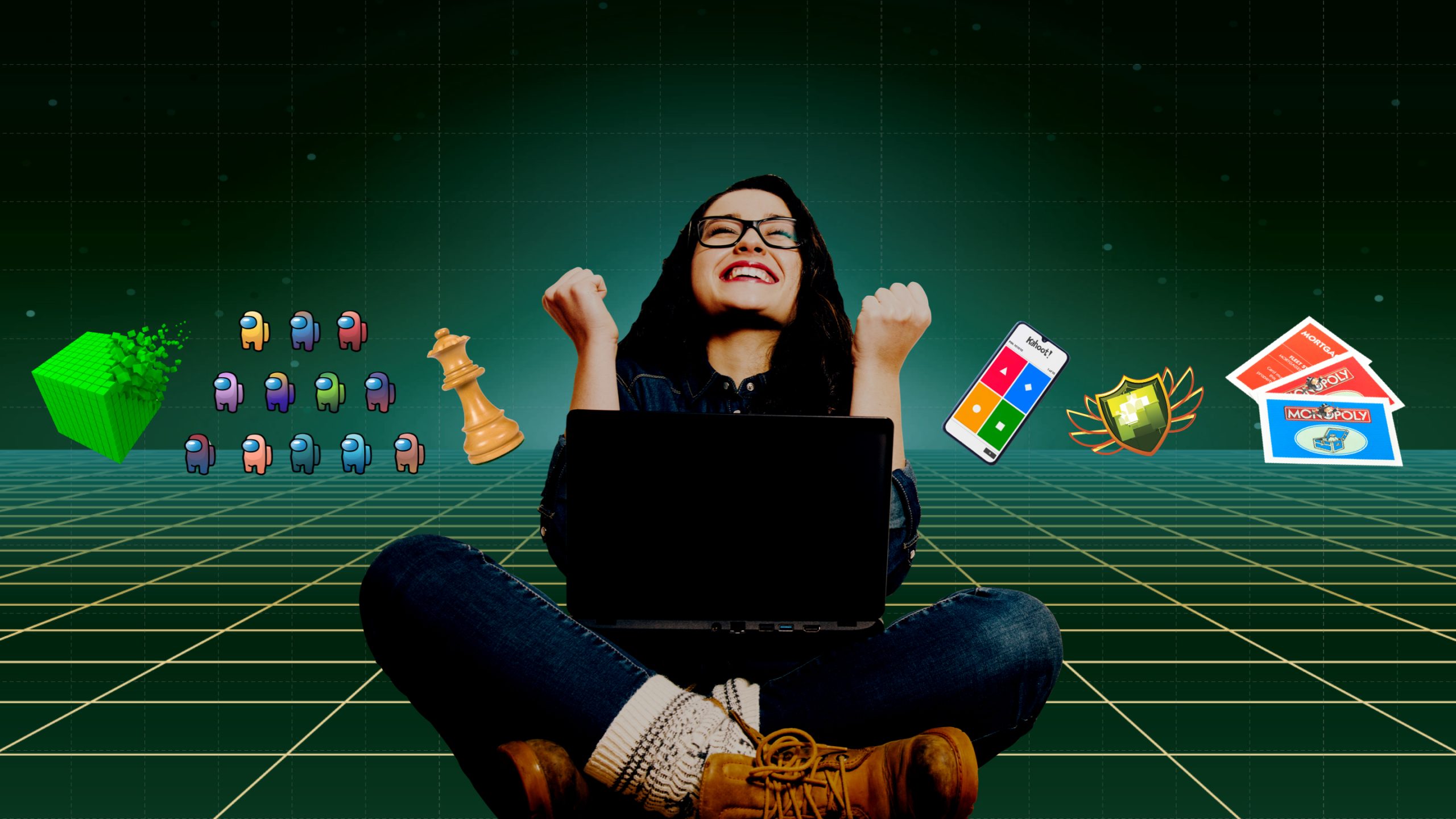The Intersection of Video Games and Education
In today’s digital age, video games have transcended their reputation as mere entertainment. They have entered the realm of education, revolutionizing the way students learn and engage with complex subjects. This article delves deep into “The Intersection of Video Games and Education” to shed light on the transformative potential of gamification in the learning process.
The Intersection of Video Games and Education
Video games and education, once seemingly unrelated, now intersect in a way that promises to reshape traditional teaching methods. Let’s explore how this synergy is changing the landscape of education.
Gamification: The Key to Engagement
Gamification is at the heart of the intersection between video games and education. It incorporates game-like elements, such as rewards, challenges, and competition, into educational experiences. This approach has been proven to boost student engagement and motivation.
Gamified learning platforms often feature progress tracking, badges, and leaderboards, creating a sense of achievement that drives students to excel. By making learning enjoyable, educators can harness the power of video games to impart knowledge effectively.

Enhancing Problem-Solving Skills
Video games are renowned for their ability to stimulate critical thinking and problem-solving. Titles like “Minecraft” and “Portal” require players to strategize, plan, and think creatively to progress. These games encourage students to hone their analytical skills when integrated into education.
Imagine a classroom where students tackle real-world challenges through video game simulations. They can apply their problem-solving prowess to scenarios ranging from environmental conservation to historical reenactments, making learning exciting and practical.
Fostering Collaboration and Social Skills
Many video games promote teamwork and cooperation. Multiplayer games like “Fortnite” and “Among Us” require players to communicate effectively, delegate tasks, and collaborate to achieve common goals. These skills are invaluable in today’s interconnected world.
Incorporating multiplayer educational games can help students develop vital interpersonal skills. They learn to communicate, resolve conflicts, and work harmoniously with their peers, preparing them for success in future endeavors.
Tailoring Learning Experiences
One of the remarkable aspects of video games is their adaptability. They can be customized to suit individual learning styles and paces. Educational games can adjust difficulty levels, offer hints, and provide personalized feedback, ensuring every student receives a tailored learning experience.
By harnessing technology’s potential, educators can address diverse learning needs, making education more inclusive and effective.
Frequently Asked Questions (FAQs)
Can video games improve learning outcomes?
Absolutely. Educational video games are designed with specific learning objectives in mind. They engage students, encourage critical thinking, and provide a dynamic learning environment.
Are there any downsides to using video games in education?
While the benefits are significant, monitoring screen time and ensuring a balance between gaming and other educational activities is essential. Also, not all games are suitable for learning, so selection is crucial.
How can educators incorporate video games into their teaching?
Educators can explore educational gaming platforms, incorporate game-based learning modules, or collaborate with developers to create custom educational games.
Are there age-appropriate video games for all students?
Yes, a wide range of educational games are tailored to different age groups and subjects. From preschoolers to college students, there are games suitable for everyone.
Do educational games replace traditional teaching methods?
No, they complement traditional methods. Educational games enhance learning by providing interactive and engaging experiences, but they should be part of a broader curriculum.
What’s the future of video games in education?
The future looks promising. As technology advances, we can expect more immersive and sophisticated educational games that cater to diverse learning needs.
Conclusion
“The Intersection of Video Games and Education” marks a fascinating chapter in the evolution of teaching and learning. Educators can capture students’ attention, foster essential skills, and create tailored learning experiences by incorporating gamification. As technology advances, the synergy between video games and education will only become more pronounced, opening up exciting possibilities for the classrooms of tomorrow.
